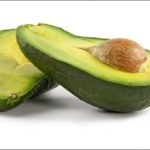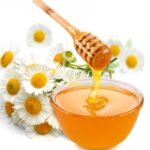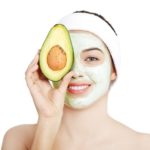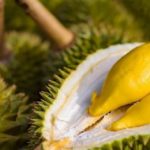Banana
Bananas are a year-round fruit. However, they are also a fruit that is easily soaked in chemicals to ripen. According to the experience of the vendors, ripe bananas are yellow but still have green stems or a lot of sap, which is likely to be ripened bananas.
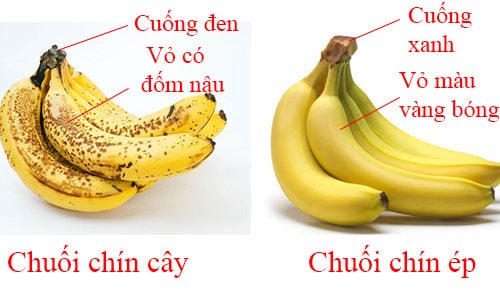
Ripened bananas have a vibrant, smooth yellow peel. On the other hand, naturally ripened bananas have a dark yellow peel with small brown or black spots.
When gently squeezing a banana, ripened ones will still be firm without softness or elasticity. On the other hand, naturally ripened ones will have a soft flesh.
Avocado
Around May-June every year is the avocado season. Due to long-distance transportation, ripe avocados can easily get smashed. Therefore, traders often use chemicals to keep avocados fresh and delicious.
When buying avocados, you need to look at the stem first. If the stem is green, the avocado is not ripe yet. If the stem is yellow, the avocado is ripe; if it is brown, the avocado is fully ripe. If you hold an avocado and the stem is green but the body is soft, it means the avocado has been soaked in chemicals to ripen quickly.
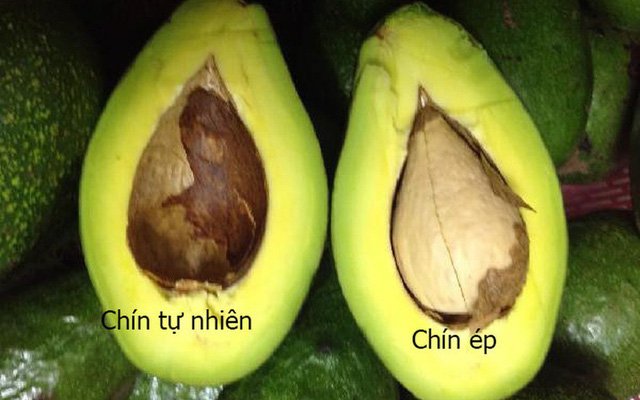
The size of the avocado stem is also a distinguishing feature. Immature avocados soaked in chemicals will have large stems. Naturally ripe avocados have a shiny but slightly rough skin, and they feel firm when held in the hand.
Chemically soaked avocados will taste bitter even if you scrape the green part of the peel. However, naturally ripe avocados will not taste bitter even if you scrape off all the green part of the peel. In fact, the green part of the peel has a rich, delicious flavor.
Mango
Mango is also a fruit that is easily soaked in chemicals. Soaked mangoes often ripen unevenly and have no fragrance. The stem of the mango fruit is often detached and discolored.
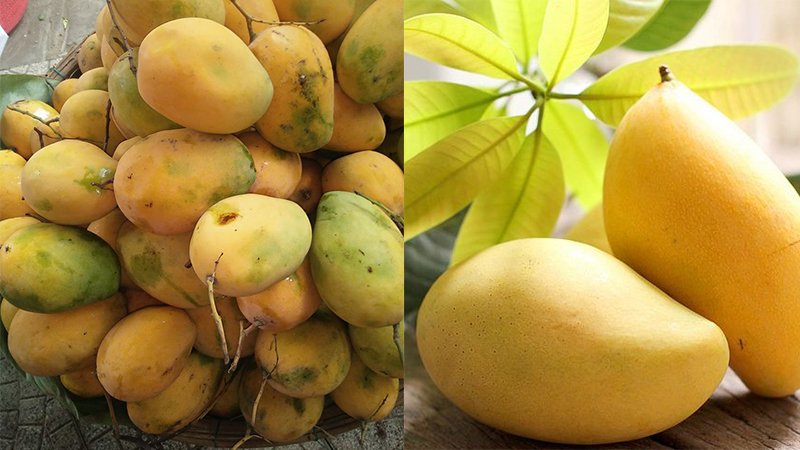
A ripe mango will have a fresh, firm stem. To check if a mango is fresh and naturally ripe, you can squeeze the mango stem and smell it. If the mango stem has a strong sweet aroma, a scent of essential oils, it is a natural mango without any chemical soaking.
Fresh mangoes have a distinctive fragrant smell, while chemically soaked mangoes often have no smell or only a faint chemical odor.
Jackfruit
Jackfruit is a tropical fruit loved by many people. However, this fruit is also on the list of fruits that are easily treated with chemicals to ripen quickly.
The chemical used to ripen jackfruit is often ethrel, which originates from China. This substance is commonly used to stimulate rubber tree sap. This substance is harmful to human health and should not be used in food.
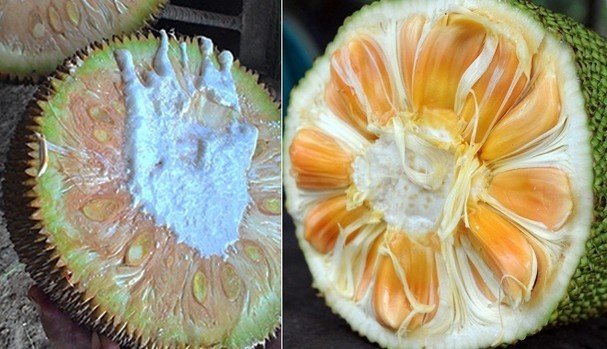
Usually, to ripen jackfruit, traders only need to dilute ethrel in water and soak the stem or spray it on the peel. However, some people want to ripen jackfruit “super fast,” so they can directly inject chemicals into the stem and inside the fruit.
To distinguish between ripened jackfruit and naturally ripe jackfruit, you can observe the latex of the fruit. Ripe jackfruit from the tree will have less latex, while ripened jackfruit treated with chemicals will have a lot of white latex flowing out.
Ripe jackfruit from the tree usually has a distinctive fragrance, while ripened jackfruit treated with chemicals often has no smell or only a faint scent, requiring careful sniffing to detect.
Durian
Durian is also a fruit that is easily treated with ripening chemicals. To choose good durians, buyers need to pay attention to the stem and thorns. A fresh durian will have a green, firm stem, which indicates it is just ripe. A withered, discolored, and shrunken stem indicates a durian that has been stored for a long time and may have been treated with chemicals to ripen.
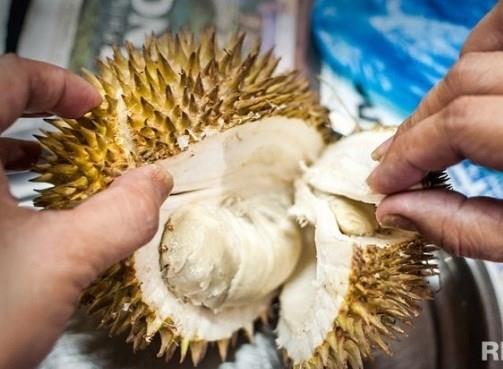
Ripe durians will have blossoming, greenish-yellow, and grayish thorns. On the other hand, durians that are picked prematurely and soaked in chemicals will have thorns that do not blossom and have many bruises.
Papaya
Ripe papayas will ripen in patches, gradually ripening from the bottom to the top of the fruit. When you press it with your hand, you will see latex flowing out. On the other hand, chemically ripened papayas will be pale yellow, with withered stems and no latex when pressed.
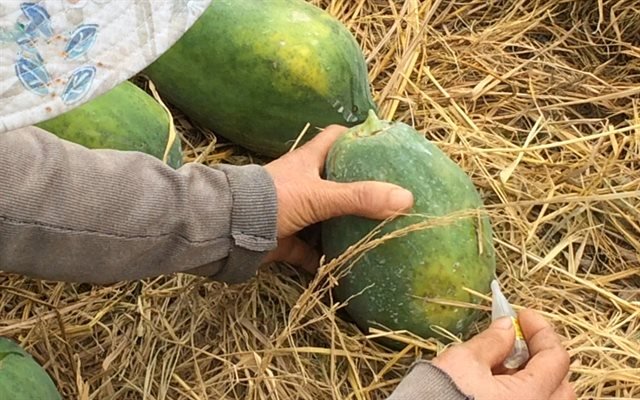
Orange, tangerine
Ripe oranges and tangerines will have fresh, firm stems. The fruits will be round and the essential oil spots on the peel will expand. The fruits do not ripen evenly, but ripen in patches from the top to the stem.
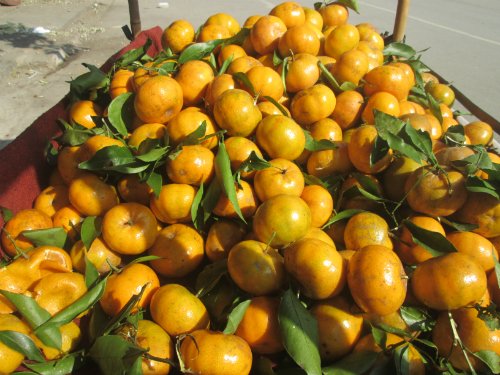
On the other hand, chemically ripened oranges and tangerines will have a pale yellow color throughout the fruit, with withered stems and tiny essential oil spots.
According to Khoevadep

























